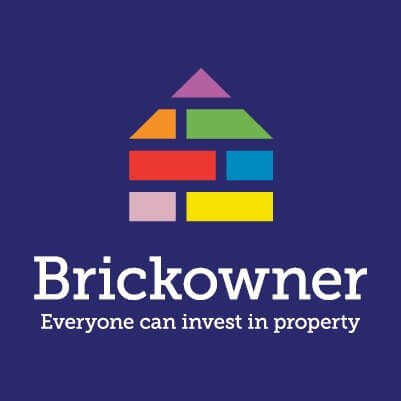Homegrown is a property development finance crowdfunding platform, retail investors can participate in property development projects by providing a slice of the financing that the developer needs to build the project. In this interview, Anthony Rushworth, CEO and Founder of HomeGrown explains more how this business model works and how investors can profit from it.
Can you introduce yourself?
Anthony Rushworth, CEO and Founder of HomeGrown. I was formerly a Chartered Accountant and Associate Director at PwC and I have spent more than 10 years working in Real Estate and Advisory and actively investing in property.
What is HomeGrown about?
We are a property development crowdfunding platform, focused on investments in large-scale construction projects, with established developers, primarily in London & the South-East.
Can you describe HomeGrown in figures?
We are completely focused on getting the best return for our clients. We target returns of 15% p.a. with a typical project turnaround of 24 months. To date we have funded 3 developments, in London, with a total gross development value (GDV) of £115m.
What was the greatest achievement for HomeGrown and what was key to this success?
Despite having only launched last year, we were shortlisted for the 2017 Crowdfunding Platform of the Year Award (Property Wire), just missing out on winning to be runners up. This was fantastic recognition of our innovative model and early growth as a platform.
This investing model started in the US, what are the differences between the US model and the UK models?
The US property crowdfunding market was the original inspiration for Homegrown and we still closely follow the progress of the leading platforms. The biggest difference today is the scale and diversification of the US platforms, for example Fundrise, a property development focused platform in the US has recently closed an IPO. In the UK, the property development model is still relatively new, but is growing rapidly.
What are the main advantages for investors in developments listed in HomeGrown?
The main advantages for investors are;
- Access to exclusive construction projects, by established developers, in London, South East and other areas where there is high demand for housing;
- Projected returns of 15%+ p.a., which are generated from building rather than speculating on house price growth, which is particularly valuable in today’s market, where Brexit and recent buy-to-let tax changes have flattened growth forecasts.

What ROI can investors expect?
Our average projected return is 14.8% p.a. and our typical investment terms is 24 months.
Is HomeGrown open to international investors?
Yes, we accept investors from most countries (excluding the US) and already have investors from a number of different countries from around the world. Since the Brexit announcement and the fall in the value of the pound, we have seen an increase in international registrations.
What are the main risks for investors and how does HomeGrown mitigate them?
Homegrown seeks to mitigate the risks associated with investing in property development by only working with established and reputable developers and by undertaking an independent review and meticulous analysis of the underlying asset to provide risk-adjusted returns for our investors.
We consider 4 main risks with each development project; Planning, Finance, Build and Market.
We only invest in projects when there is full planning consent and bank finance (debt) in place to mitigate the Planning and Finance risks. During the build phase, the two biggest risks are cost and time overruns. We minimise the impact of overruns through agreements that ensure the developer and its contractors are responsible for these costs.
Finally, we also link the allocation of profit between the investors and developer to the investment term to incentivise the developer to minimise time overruns. Investors are exposed to market risk but we forecast all future sales values at today’s prices and we often secure a preferred return for the investor, paid before the developer’s profit.
However, please note that your capital is at risk when you invest in property and future performance is not guaranteed and is based on projections only.
Will HomeGrown focus on the properties of a specific type or in a specific location?
We are primarily focused on large-scale residential developments, in London & the South-East of the UK, where there is the greatest supply/demand imbalance.
Can you describe the current property market environment from your perspective?
We are seeing buy-to-let investors are moving out of the market in early 2017 and seeking alternative real estate investments, following weaker rental yields, after a long period of house price inflation and the government’s recent buy-to-let tax changes. But, fundamentally we are still not building enough homes in the UK and the supply/demand imbalance, particularly in areas like London and the South East remains.
Where do you see HomeGrown in 3 years’ time?
The UK market leader in property development crowdfunding.
Anything else?
We strongly believe that a lack of equity finance is one of the biggest reasons that mid-sized developers are not able to build more homes and property development crowdfunding has the potential to make a positive contribution to the availability and affordability of housing in the UK.
We thank Anthony Rushworth for the interview
For more information on Homegrown please visit: https://www.homegrown.co.uk/
Homegrown will also be launching their crowdfunding campaign on Seedrs.
Risk warning: Please note that your capital is at risk when you invest in property and future performance is not guaranteed and is based on projections only.











